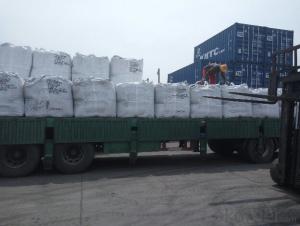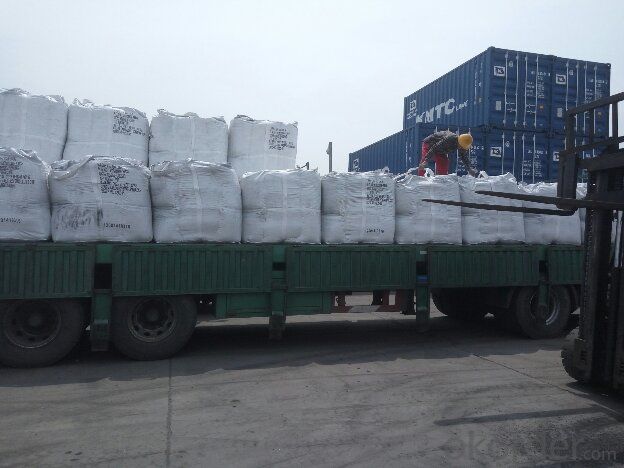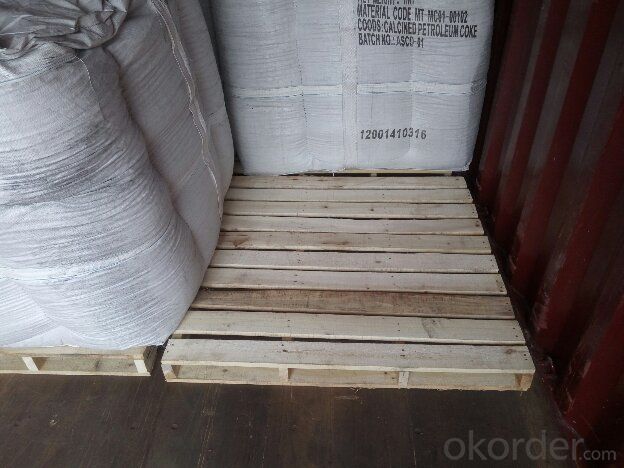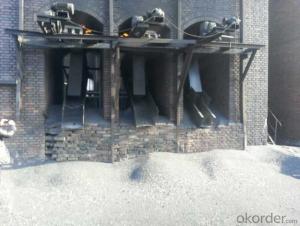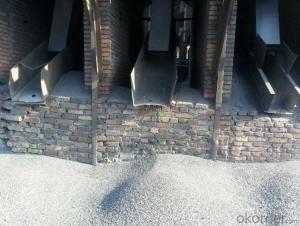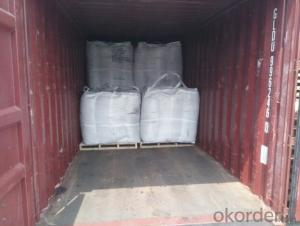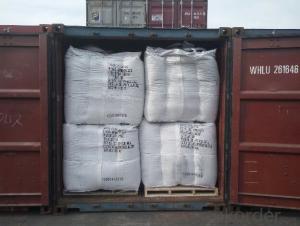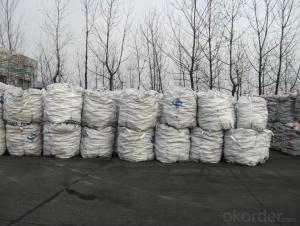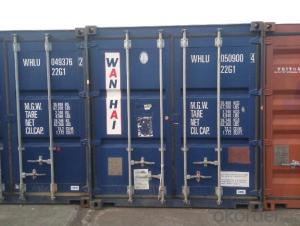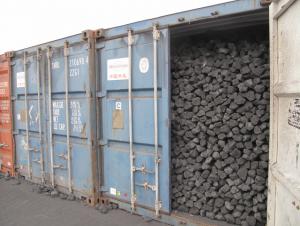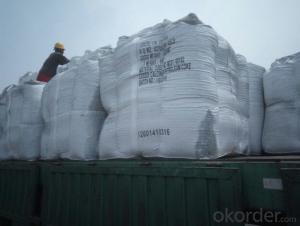12% Ash Foundry Coke for Steel Plant Made in Shanxi
- Loading Port:
- Tianjin
- Payment Terms:
- TT OR LC
- Min Order Qty:
- 20.1
- Supply Capability:
- 1001 m.t./month
OKorder Service Pledge
OKorder Financial Service
You Might Also Like
Brief Introduction
Foundry Coke is the main fuel of melting iron in the oven. It can melt the materials in the over, make the iron reach great heat, and keep good air permeability by sustain stock column. Thus, the foundry coke should have the characteristics of big block, low reactivity, small porocity, enough anti-crush strengh, low ash and low sulphur.It is becoming more and more important in the industry
The coke handled by our cooperation is made from superior coking coal of Shanxi province. Provided with the advantages of low ash, low sulphur and high carbon. Our coke is well sold in European, American, Japanese and South-east Asian markets. Our owned Coke plant are located in Shanxi Province and supplying of you many kinds of coke.
we supply Foundry Coke long-term, its characteristic is best strength, low sulfur and phosphorus,thermal stability.
Specifications:
ASH % | 8% max | 10% max | 12% max |
V.M.% MAX | 1.5% max | 1.5% max | 2% max |
SULFUR % | 0.65% max | 0.65% max | 0.7% max |
MOISTURE | 5% max | 5% max | 5% max |
Size | 80mm-120mm,80-150,100-150mm, or as request | ||
Features
1. Our quality is always quite good and stable which is producing and packing according to customers' requirements.
2. Putting Client profile into first, achieved mutual benefit.
3. Good partner on business. It's a good and wise choice for customers' to purchase from us. It's our great honor to cooperate with you.
4. We can supply documents as follows:
- bill of loading,
-Invoice,
-Packing List
-Insurance
-standard inspection pictures of the container as specified by INSPECTORATE
-or more requested by buyer.
Pictures
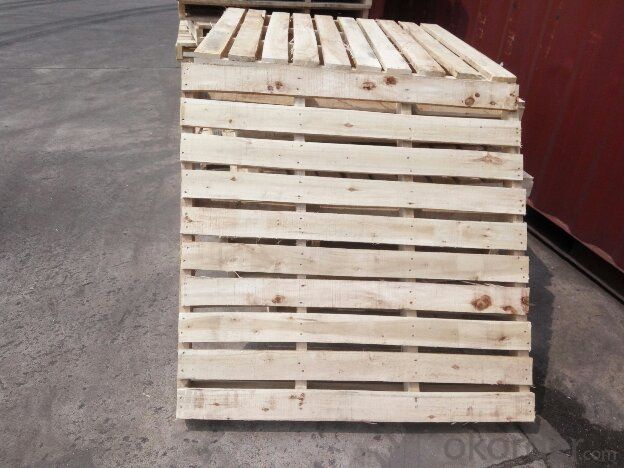
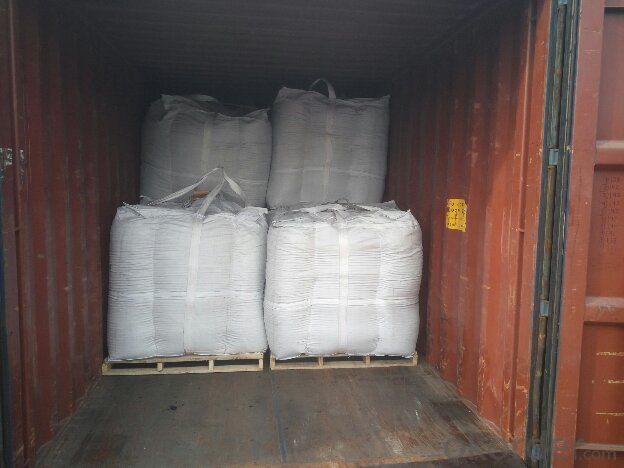
FAQ
1. What is the packing?
In 25kg bag/ In jumbo bags without pallet/ Two jumbo bags with one pallet/ or as customers’ request
2. What is the production capacity?
10 thousand tons per month
3 What is payment term?
Irrevocable LC at sight/ 20% down payment by T/T and 80% against BL copy byT/T/ or to be discussed
4 What is the service?
We will send sample to the third party(CIQ, CCIC, SGS,BV or to be discussed) for checking, and present the test certificate and loading repot of shipment.
- Q: Something that seems to be used in the locomotive brake system. I haven't seen it, either. Who knows? It's better for the locomotive system to go back. Thank you!!
- When the skateboard wear to the limit, only in the maintenance of the daily locomotive can be replaced, so that although it is more troublesome, but it is always better than the replacement of contact wire.
- Q: What is the carbon content of different fuels?
- The carbon content of different fuels can vary significantly depending on their composition and source. However, in general, fossil fuels such as coal, oil, and natural gas have high carbon content. Coal, which is primarily composed of carbon, typically contains around 60-80% carbon. This makes coal a highly carbon-intensive fuel and a major contributor to greenhouse gas emissions when burned. Crude oil and petroleum products, such as gasoline and diesel, also have high carbon content, ranging from 80-90%. When these fuels are burned, they release significant amounts of carbon dioxide (CO2) into the atmosphere. Natural gas, consisting mainly of methane (CH4), has a lower carbon content compared to coal and oil. Methane itself is composed of one carbon atom and four hydrogen atoms, resulting in a carbon content of around 75%. Although natural gas emits less CO2 when burned compared to coal and oil, methane itself is a potent greenhouse gas, which can contribute to climate change. Renewable fuels, such as biofuels, have varying carbon contents depending on their source. Biofuels are derived from organic materials, such as plants and agricultural waste, and can have carbon contents similar to fossil fuels. However, since biofuels are derived from recently living organisms, the carbon dioxide emitted during their combustion is considered part of the natural carbon cycle and does not contribute to long-term increases in atmospheric CO2 levels. Overall, the carbon content of different fuels is an important factor in determining their environmental impact and contribution to climate change. Transitioning to low-carbon or carbon-neutral fuels is crucial in reducing greenhouse gas emissions and mitigating the effects of climate change.
- Q: How does carbon contribute to the strength of composite materials?
- The strength of composite materials is enhanced by carbon due to its distinctive properties and its ability to form robust chemical bonds. Carbon fibers or nanoparticles, when utilized, provide the composite material with both high tensile strength and stiffness. For reinforcing composite materials, carbon fibers are highly suitable due to their exceptional strength and lightweight nature. These fibers consist of tightly packed and aligned long, thin strands of carbon atoms. When incorporated into a matrix material like epoxy resin, the carbon fibers evenly distribute stress throughout the composite, thereby increasing its overall strength. The strength of composites is also influenced by the strong chemical bonds between carbon atoms. Carbon atoms have the capability to form covalent bonds that are both highly durable and stable. These bonds enable carbon to withstand significant levels of stress and deformation without fracturing, thereby making it an outstanding reinforcement material. In addition, carbon's high thermal conductivity facilitates efficient heat transfer away from the composite material, thereby preventing overheating and potential damage. This property is particularly significant in applications that involve temperature fluctuations or require high heat dissipation, such as the aerospace or automotive industries. In conclusion, carbon's unique properties, such as its high tensile strength, stiffness, strong chemical bonds, and thermal conductivity, play a crucial role in enhancing the strength and performance of composite materials.
- Q: What is the structure of carbon-based polymers?
- The structure of carbon-based polymers involves long chains or networks of carbon atoms linked together by covalent bonds, forming the backbone of the polymer. These carbon atoms are typically bonded to other atoms such as hydrogen, oxygen, nitrogen, or halogens, which contribute to the overall properties and functionality of the polymer. The repeating units, or monomers, are connected through chemical reactions known as polymerization, resulting in a diverse range of structures and properties in carbon-based polymers.
- Q: Buy carbon carving, how to identify him is true or false, and the quality of good or bad?
- General consumers believe that bamboo charcoal, powder, charcoal and purple carbon carving are "carbon" to do, and the former is very cheap, why not buy them, in fact, otherwise, because not the same kind of products. Bamboo charcoal and powdered activated carbon have little effect on the purification of indoor air. Their function is not different from that of a pack of quicklime - adsorption of water vapor. But consumers are not aware of this, they also propaganda have the function of purifying air and we mixed together to sell, finally, once consumers buy found not what role, will also lose confidence in carving, which makes us very sad.Let's talk about bamboo charcoal first. Charcoal is not a purple carbon carving, this is a common sense. If bamboo charcoal can also absorb toxic and harmful gases, then the main material of gas masks do not need to use more expensive activated carbon, but not sublimation of purple carbon carving, and the price of bamboo charcoal is not economical? Because the bamboo charcoal and charcoal are natural burning carbon, not activated by directional adsorption, namely, pickling, washing, activation process, the adsorption of activated carbon 1/10 is insufficient, they can have is to adjust the indoor temperature, not only this, as they advertised "bamboo charcoal is activated carbon is purple carbon carving".Say, powdered activated carbon.
- Q: How can carbon capture and storage be implemented?
- Carbon capture and storage (CCS) is a technology that involves capturing carbon dioxide (CO2) emissions from industrial processes and storing them underground, preventing their release into the atmosphere. Implementing CCS involves several key steps. Firstly, the capture process involves capturing CO2 emissions from power plants, factories, and other industrial sources. This can be achieved through various methods, such as pre-combustion capture, post-combustion capture, and oxy-fuel combustion. Pre-combustion capture involves converting fossil fuels into a mixture of hydrogen and CO2, with the latter separated and stored. Post-combustion capture involves removing CO2 from the flue gases after combustion. Oxy-fuel combustion involves burning fossil fuels in pure oxygen, resulting in a flue gas that is mostly CO2. Once captured, the second step is transportation. The captured CO2 needs to be transported from the capture site to a storage site. This transportation can be done through pipelines, ships, or trucks, depending on the distance and volume of CO2. Pipelines are the most common method, especially for large-scale projects, as they are cost-effective and efficient. The third step is storage, which involves injecting the captured CO2 deep underground into geological formations for long-term storage. The most suitable storage sites are depleted oil and gas fields, saline aquifers, and deep coal seams. These sites have the capacity to securely store large amounts of CO2 for hundreds or even thousands of years. To ensure the safety and effectiveness of CCS, monitoring and verification play a crucial role. Continuous monitoring is required to detect any potential leaks or seismic activities that may compromise the integrity of the storage site. Verification activities involve assessing the long-term storage of CO2 and ensuring compliance with regulations and standards. Implementing CCS also requires policy support and financial incentives. Governments can provide regulatory frameworks, tax incentives, and funding to encourage the adoption of CCS technologies. International cooperation and collaboration are also important, as CCS can be a global solution to mitigate climate change. In conclusion, implementing carbon capture and storage involves capturing CO2 emissions, transporting them to a storage site, injecting them underground, and monitoring the storage process. It requires various technologies, infrastructure, and policy support to achieve widespread adoption. By effectively implementing CCS, we can significantly reduce greenhouse gas emissions and combat climate change.
- Q: What are the consequences of increased carbon emissions on indigenous communities?
- Increased carbon emissions have severe consequences on indigenous communities. One of the most immediate impacts is the degradation of their traditional lands and natural resources. Carbon emissions contribute to global warming, leading to rising temperatures, changing weather patterns, and more frequent and intense natural disasters such as hurricanes, droughts, and wildfires. These events can destroy crops, damage infrastructure, and displace indigenous peoples from their ancestral territories. Moreover, carbon emissions contribute to air pollution, which disproportionately affects indigenous communities who often live near industrial facilities and are exposed to higher levels of toxic pollutants. This can lead to respiratory illnesses, cardiovascular diseases, and other health issues, exacerbating existing health disparities. The loss of biodiversity caused by climate change also affects indigenous communities who rely on traditional knowledge and practices for sustainable resource management. Changes in ecosystems disrupt the availability and abundance of food, water, and medicinal plants, undermining indigenous cultures and traditional livelihoods. Furthermore, many indigenous communities are highly dependent on natural resources for economic development, such as fishing, hunting, and agriculture. With increased carbon emissions, these resources become scarcer and less reliable, posing economic challenges and creating financial insecurity for indigenous communities. In addition to these environmental and economic consequences, increased carbon emissions also contribute to the loss of cultural heritage and identity. Indigenous communities have a deep connection to their territories and the natural world, which is threatened by the impacts of climate change. This loss of cultural heritage is not only detrimental to indigenous communities but also to humanity as a whole, as it diminishes the diversity of human knowledge and perspectives. Overall, the consequences of increased carbon emissions on indigenous communities are wide-ranging and severe. They not only undermine their traditional lands, resources, and health but also erode their cultural heritage and identity. Recognizing and addressing these impacts is crucial to ensure the protection and well-being of indigenous communities and to mitigate the effects of climate change on a global scale.
- Q: How does carbon affect the formation of landslides?
- Carbon does not directly affect the formation of landslides. However, the presence of carbon in the form of organic matter can contribute to the stability of slopes as it plays a role in soil structure and moisture retention.
- Q: What is carbon neutral packaging?
- Carbon neutral packaging refers to packaging materials and processes that have a net-zero carbon footprint. It means that the emissions produced during the production, transportation, and disposal of the packaging are offset or balanced by activities that remove or reduce an equivalent amount of carbon dioxide from the atmosphere. This approach helps minimize the environmental impact of packaging and contributes to sustainability goals by reducing greenhouse gas emissions.
- Q: How does carbon affect the color of gemstones?
- Gemstones can display a significant variation in color due to the presence of carbon. Carbon is one of the primary factors responsible for the coloration of specific gemstones. Diamonds, for instance, are a well-known example. They consist of carbon atoms arranged in a crystal lattice structure. The color of a diamond can be influenced by impurities or defects within this structure. When a diamond contains a high concentration of carbon impurities, it may exhibit a yellow or brown tint. These diamonds, known as "fancy colored diamonds," are graded on a scale ranging from D (colorless) to Z (light yellow or brown). The intensity of the color increases with a higher presence of carbon impurities. Conversely, diamonds with fewer carbon impurities appear more colorless. Carbon also affects the color of other gemstones. For instance, certain types of sapphires may contain traces of carbon, resulting in a grayish or blackish appearance. These sapphires, known as "black sapphires" or "star sapphires," are highly sought after due to their unique coloration. Similarly, carbon impurities in rubies can give them a purplish hue. It is important to note that while carbon plays a role in gemstone coloration, it is not the sole determining factor. Other elements or impurities, as well as the crystal structure and light absorption properties of the gemstone, also contribute significantly. Ultimately, the presence of carbon in gemstones contributes to a wide range of colors, enhancing their allure and desirability within the field of gemology.
Send your message to us
12% Ash Foundry Coke for Steel Plant Made in Shanxi
- Loading Port:
- Tianjin
- Payment Terms:
- TT OR LC
- Min Order Qty:
- 20.1
- Supply Capability:
- 1001 m.t./month
OKorder Service Pledge
OKorder Financial Service
Similar products
Hot products
Hot Searches
